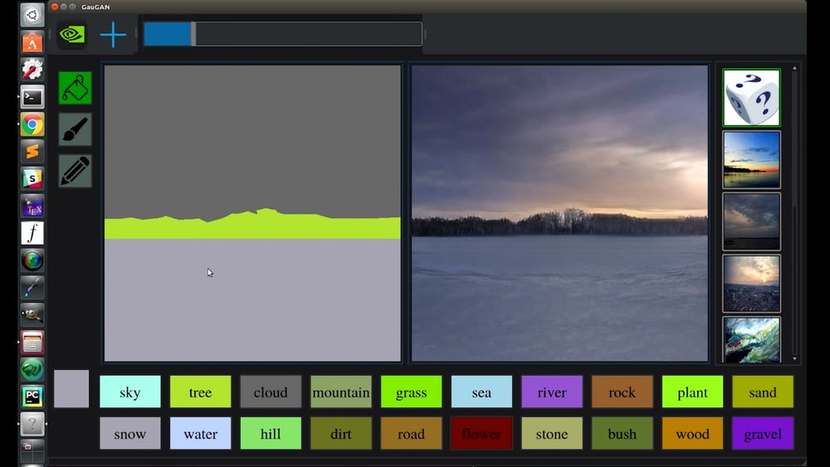nVidia’s AI app transforms your random doodles into hyper-realistic photos
Now with the help of advanced Artificial Intelligence AI, you can transform your doodles into the realistic images. The firm nVidia has made an app that helps a person in making realistic images. The lines and circles drawn by the person would consult with the knowledge of millions of pictures stored in the database to draw the rest of the background.
The app made by nVidia is called as GauGaN, name based on the work of the French painter Paul Gauguin also on GAN which is generally called as Generative Adversarial Network processing that it utilizes to enquire about and copy the scenarios.
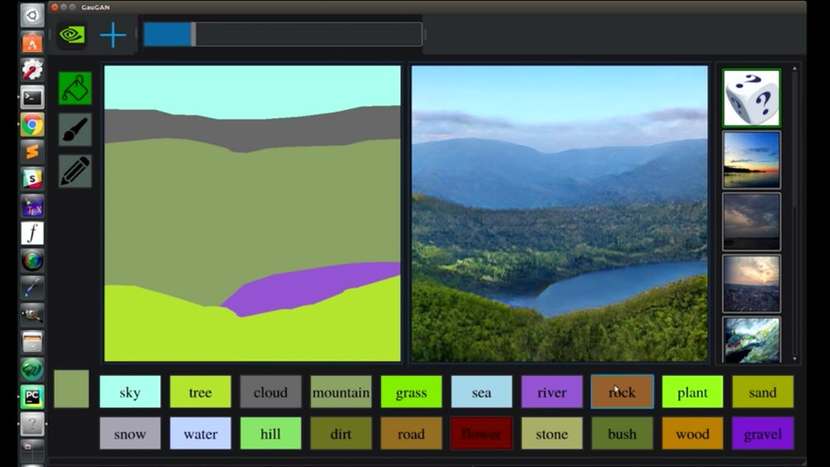
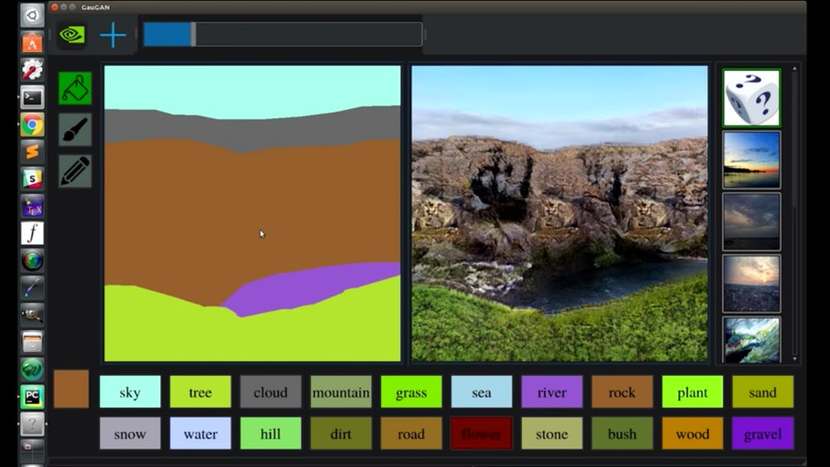
The CEO and founder of the nVidia Jensen Huang consider that with this app, they have made an enormous step in the deep learning or artificial intelligence, as they have eradicated the barriers from the training process of AI. He further added that if a person tries to teach an AI to identify the image of a bird let’s say an eagle, a person might require a huge number of pictures and have a humanoid articulate it where the eagles are. This is incredibly a time-consuming process.
The model of GAN works in a different manner. The model set up a race amongst the two impartial systems and educate them with different reward as well as task conditions. One system is educated to identify the fake eagles from the real ones. The initial system grabs a point when it produces an eagle which the second system will be unable to count as fake. The second system grabs a point when it acquires the fake eagle from the real photo of an eagle.
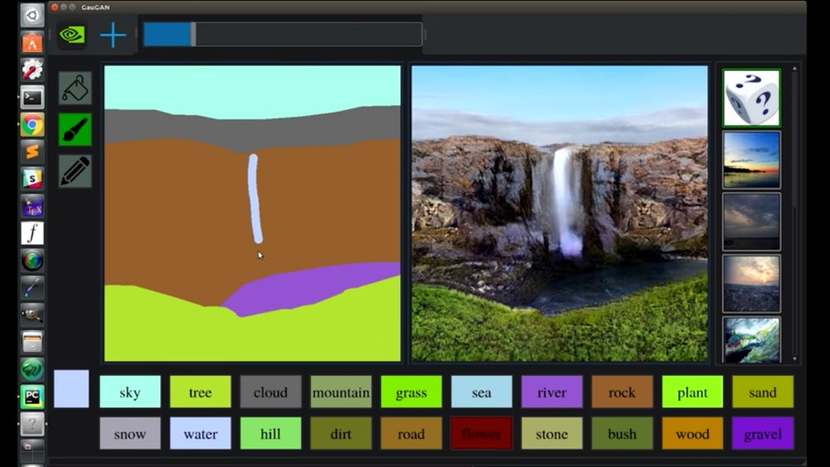
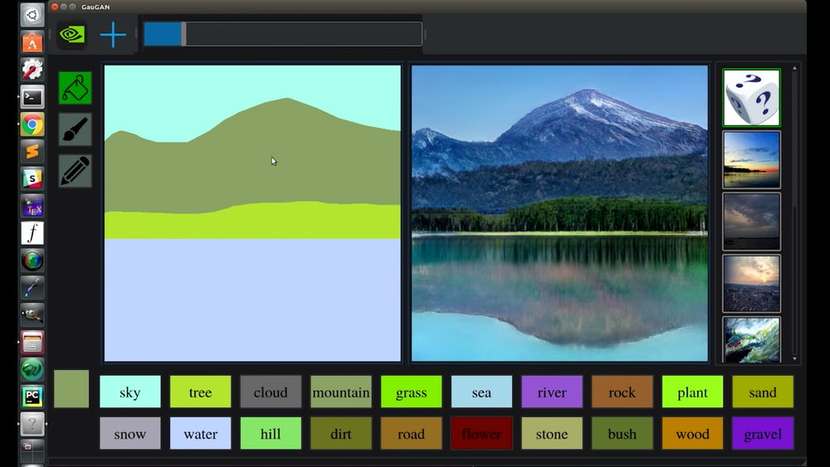
The user draws lines or shapes and color the areas to portion the area into diverse areas, and label to represent the area like grass, lakes, mountains, trees, clouds, roads, snow with many other options. The app does it superlative to fake somewhat up that will mug its AI arbitrator.
Well what’s the purpose of GauGAN, one might ask? In its existing form, it can be used to turn random sketches into photo-realistic scenes which could be useful for game world creation. But nVidia hopes that one day this kind of technology can pave a path in improving autonomous cars’ ability to recognize a range of different situations.
